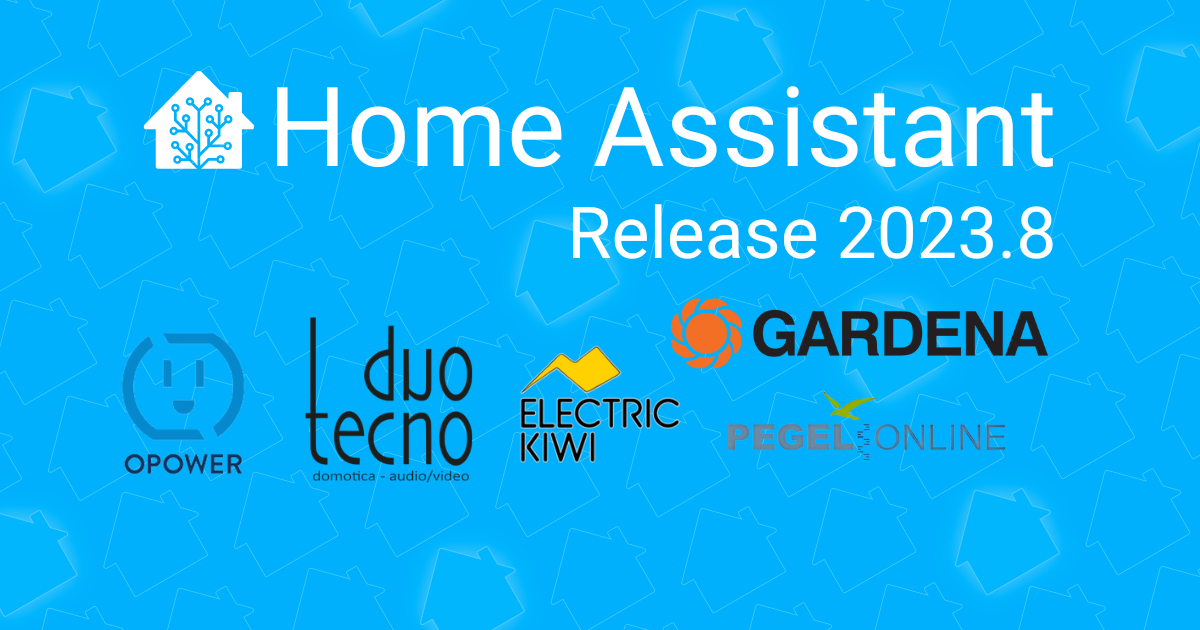The only issue with doing it this way is that the UI to call the script isn’t as nice as calling the notification service directly, but it isn’t too bad to switch to yaml mode and populate the parameters once you get used to it.
- 1 Post
- 5 Comments
I utilize scripts for all of my notification needs. It allows me to utilize logic based around certain criteria, like this on that will only notify family members at home. If no one is home it will wait and notify the first person to show up. This also allows me to be able to quickly toggle notifications for my wife when I’m testing automations with notifications.
alias: Notify People at Home fields: title: description: The title of the notification example: Laundry message: description: The message content example: Washer Finished! sequence: - if: - condition: state entity_id: zone.home state: "0" then: - wait_for_trigger: - platform: numeric_state entity_id: zone.home above: "0" else: [] - parallel: - if: - condition: state entity_id: person.bob state: home then: - service: script.notify_bob data: title: "{{ title }}" message: "{{ message }}" - if: - condition: state entity_id: person.mary state: home then: - service: script.notify_mary data: title: "{{ title }}" message: "{{ message }}" mode: queued icon: mdi:exclamation-thick max: 10

 1·11 months ago
1·11 months agoYou can create a generic thermostat with a switch and temperature sensor. I do this for my 3D printer enclosure when I needed to keep it warm in my basement with a smart switch and a cheap plug in heater.
https://www.home-assistant.io/integrations/generic_thermostat/

 4·1 year ago
4·1 year agoI use a Honeywell Z-Wave thermostat with Home Assistant. All local and I not only do I have schedules based on time of day, but it also adjusts the temperature based on if people are home or not.

Like one of the other replies mentioned, when you get closer to retirement, more of the money should get shifted from stocks to more stable but lower return investments like bonds and such that are not affected by a stock market crash. Usually you can set a retirement age in the management portal of your 401k and the management company in charge of your 401k uses it as a guide to move the money into the more stable investments.